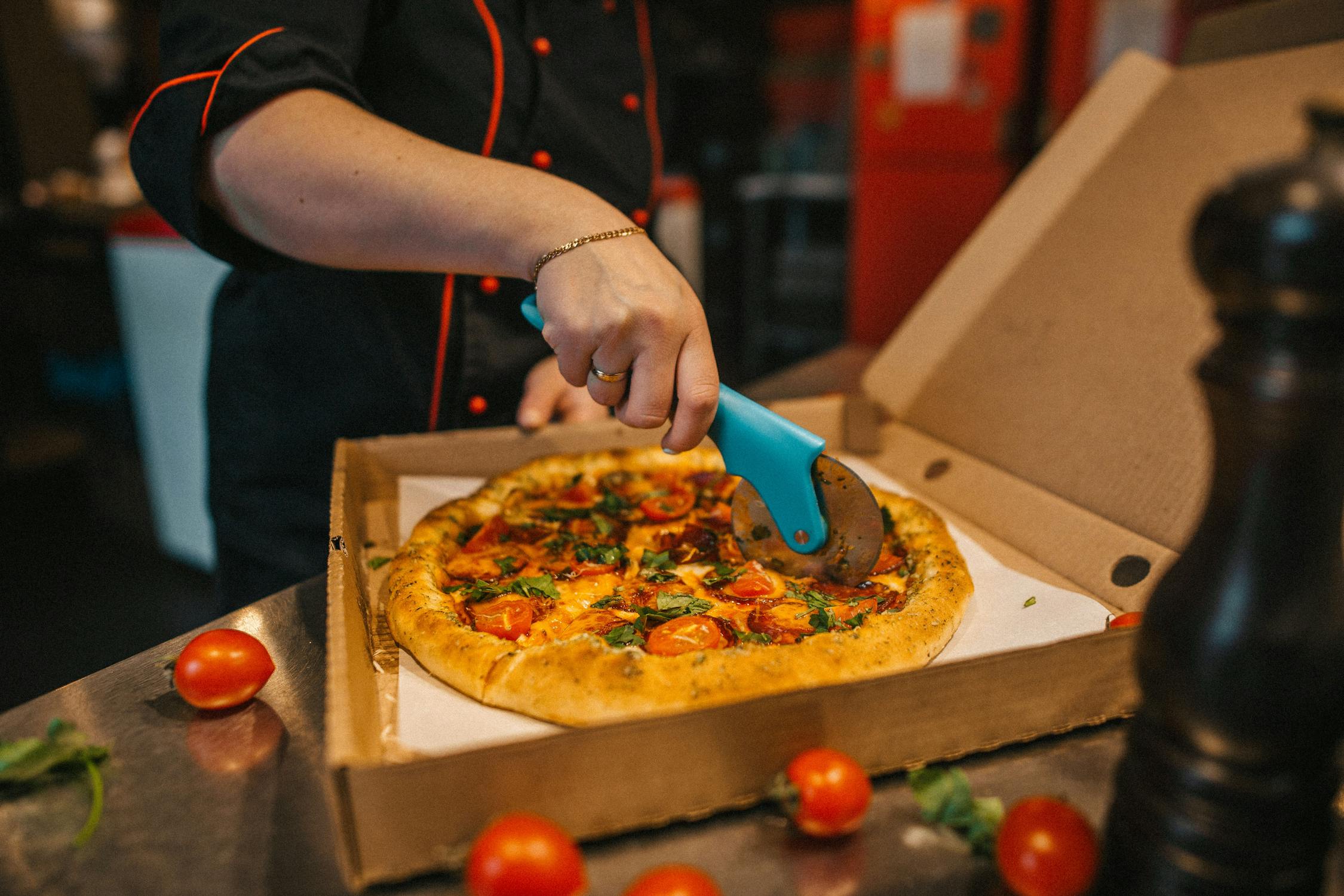How To Make Money Selling Pizza
Pizza, one of the world's most beloved and versatile dishes, offers a fantastic opportunity for entrepreneurs to enter the food industry and make a profit. Whether you dream of owning a small pizzeria, a food truck, or even an online pizza delivery service, this comprehensive guide will take you through the essential steps to successfully make money selling pizza.
1. Market Research and Niche Selection
Before diving into the pizza business, it's crucial to conduct thorough market research. Understand your target audience, local competition, and market trends. Identifying your niche within the pizza market can help set you apart from competitors. Consider specializing in gourmet pizzas, vegan options, or unique regional styles.
2. Business Plan
A well-structured business plan is the foundation of your pizza venture. Outline your business goals, target market, pricing strategy, budget, and marketing plan. A comprehensive plan will serve as your roadmap and guide you through every stage of your business.
3. Recipes and Ingredients
Crafting delicious pizza recipes is at the heart of your business. Experiment with different doughs, sauces, and toppings to create signature pizzas that stand out. Source high-quality ingredients and establish relationships with local suppliers to ensure the freshest and best-tasting pizzas.
4. Legal Considerations
Ensure that your pizza business complies with all local and national regulations. This may include obtaining permits, licenses, and adhering to health and safety standards. You must also consider employee regulations if you plan to hire staff.
5. Location and Equipment
Selecting the right location is crucial for the success of your pizzeria or food truck. It should be easily accessible to your target audience. Invest in the necessary equipment, such as ovens, mixers, and prep stations, to efficiently produce your pizzas.
6. Menu Development
Create a well-balanced menu that caters to a variety of tastes. Include classic options like Margherita and pepperoni alongside unique creations that showcase your culinary expertise. Ensure you have options for different dietary preferences, including gluten-free and vegan pizzas.
7. Pricing Strategy
Determine your pricing strategy by considering factors such as ingredient costs, labor, and competitors' prices. Strive for a balance between profitability and affordability to attract a wide range of customers.
8. Interior Design and Ambiance (for physical locations)
If you plan to open a pizzeria or restaurant, invest in an inviting interior design that complements the dining experience. Create a welcoming ambiance that encourages customers to stay, enjoy their meals, and return for more.
9. Online Presence
In the digital age, a strong online presence is essential. Create a user-friendly website that showcases your menu, offers online ordering, and provides contact information. Utilize social media platforms to engage with your audience, share promotions, and showcase your pizzas.
10. Marketing Strategies
Effective marketing is crucial for attracting customers to your pizza business. Consider the following strategies:
Social Media: Use platforms like Facebook, Instagram, and Twitter to share mouthwatering photos of your pizzas and engage with your audience.
Email Marketing: Build an email list and send out newsletters with promotions, discounts, and special offers to encourage repeat business.
Local Advertising: Advertise in local newspapers, magazines, or radio stations to reach your target market.
Loyalty Programs: Reward loyal customers with discounts, freebies, or a loyalty card system.
Collaborations: Partner with local businesses or organizations to cross-promote each other's offerings.
Online Ordering and Delivery: If applicable, offer online ordering and delivery services to reach a broader customer base.
11. Quality Control
Consistency is key in the pizza business. Implement strict quality control measures to ensure that every pizza leaving your kitchen meets your high standards. Train your staff to maintain consistency in preparation, cooking, and presentation.
12. Customer Service
Exceptional customer service is crucial for building a loyal customer base. Train your staff to be courteous and efficient, and address customer concerns promptly. Happy customers are more likely to return and recommend your pizza business to others.
13. Catering and Events
Consider offering catering services for private events, parties, and corporate gatherings. This can be a lucrative revenue stream, especially for special occasions.
14. Sustainability and Eco-Friendly Practices
Incorporate sustainability into your business practices by using eco-friendly packaging, sourcing local and organic ingredients, and reducing food waste. Highlight your commitment to sustainability in your marketing efforts to attract environmentally conscious customers.
15. Adapting to Market Trends
Stay updated with the latest food trends, dietary preferences, and pizza innovations. Be open to adding new menu items or adjusting your offerings to meet evolving customer demands.
16. Expansion and Franchising
Once your pizza business has achieved success, consider expanding to multiple locations or exploring franchising opportunities. Expanding your brand can increase your reach and revenue potential.
Starting a pizza business is a delicious and potentially profitable venture. By following the steps outlined in this comprehensive guide, you can successfully navigate the competitive pizza market and build a loyal customer base. Remember that the key to long-term success lies in quality, consistency, customer satisfaction, and adaptability. So, roll out the dough, top those pizzas with care, and embark on your journey to making money by selling pizza – a universally beloved food that brings joy to people around the world.

Comments
Post a Comment